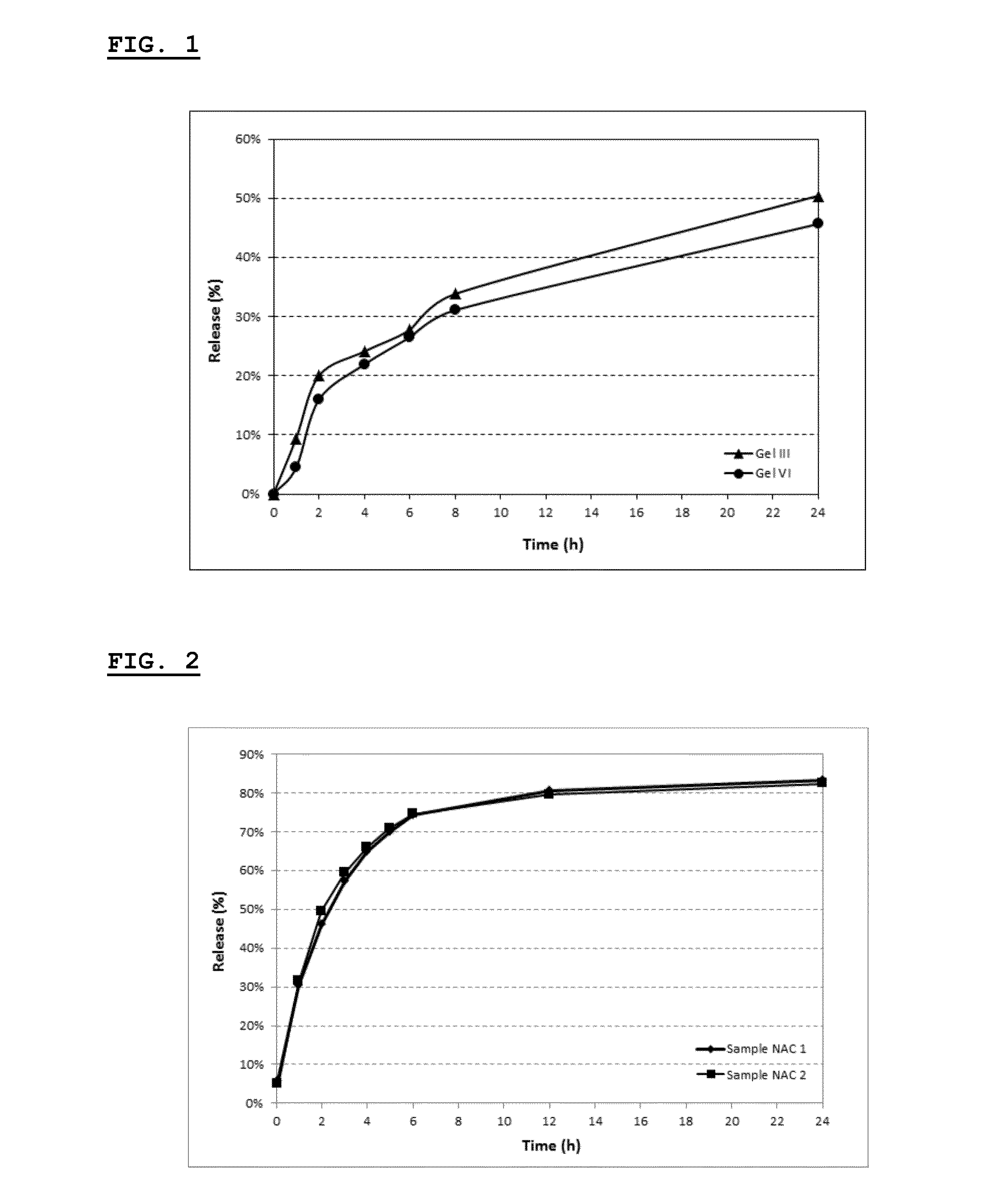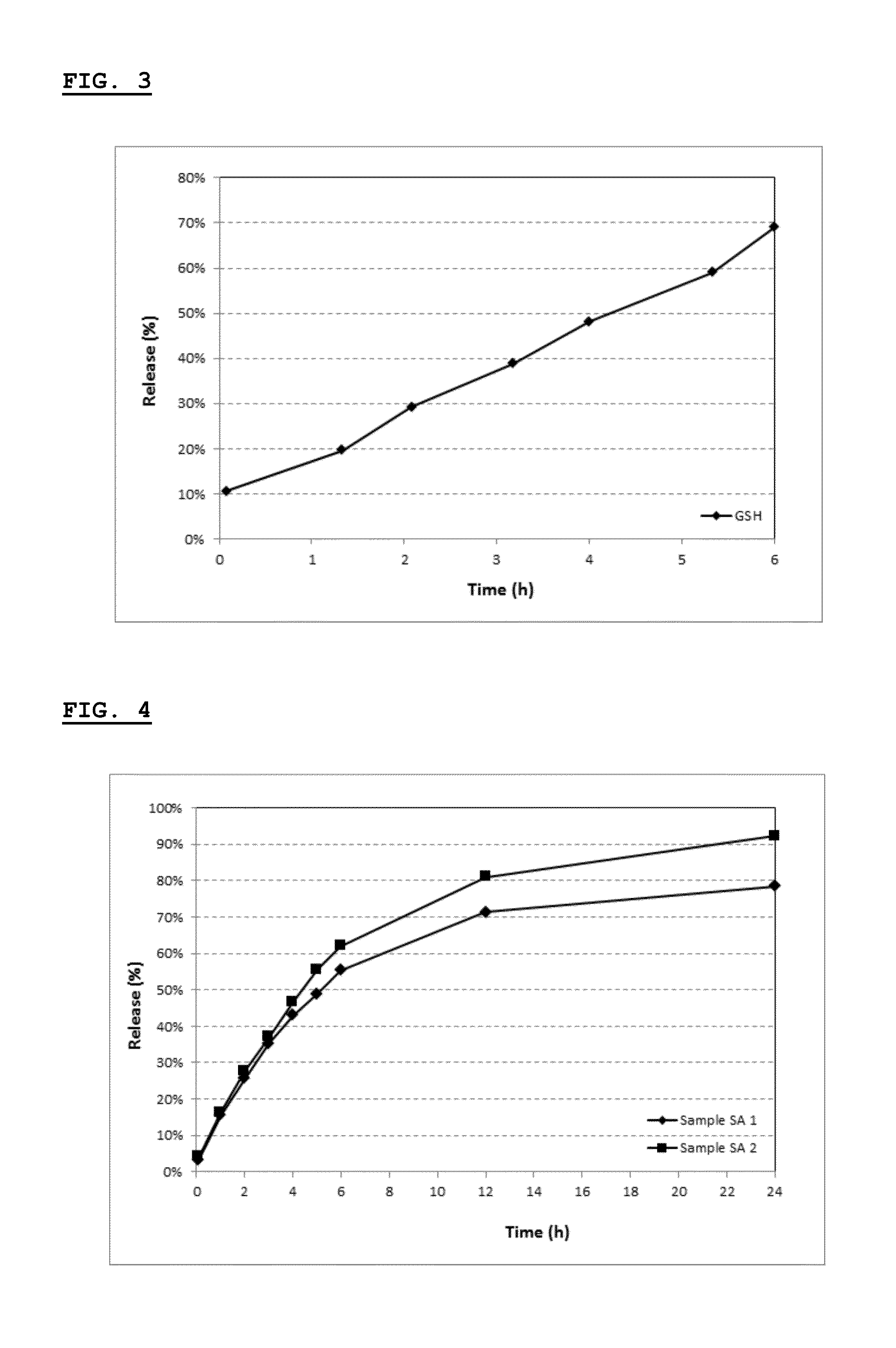Selective local inhibition of tnfr1-mediated functions at the site of antigen/allergen presentation
a tnfr1-mediated function and local inhibition technology, applied in the direction of antibody medical ingredients, peptide/protein ingredients, immunological disorders, etc., can solve the problems of increased incidence of infections, increased incidence of malignancies, and onset of new autoimmune diseases, so as to reduce adverse effects, reduce susceptibility to degradation, and
- Summary
- Abstract
- Description
- Claims
- Application Information
AI Technical Summary
Benefits of technology
Problems solved by technology
Method used
Image
Examples
example 1.1
Preparation of Human Lymphocytes
[0401]This example describes procedures for the preparation and culture of human lymphocytes and lymphocyte subpopulations from peripheral blood (Biddison, 1998).
Preparation of Lymphocytes by Ficoll-Hypaque Gradient Centrifugation
[0402]Density gradient centrifugation has proven to be an easy and rapid method for the separation of lymphocytes from other peripheral blood cell populations. Due to their lower densities, lymphocytes and platelets will float on top of a density gradient of Ficoll-Hapaque, whereas granulocytes and erythrocytes collect at the bottom of the centrifugation tube.
[0403]Fifteen ml of whole blood in a 50 ml conical centrifuge tube are mixed with 35 ml room temperature phosphate-buffered saline (PBS) and underplayed with 10 ml room temperature Ficoll-Hypaque solution. After centrifugation at 800×g for 20 min (20° C., with the brake off), most of the plasma- and platelet-containing supernatant above the interface band (granulocytes a...
example 1.2
Culture of Human T and B Cells
[0410]1.2.1. Culture of T Cells.
[0411]T cells purified from human peripheral blood according to Example 1.1., are cultured in complete medium consisting of RPMI 160 (Gibco BRL) supplemented with 10% heat-inactivated human AB+ serum (CTS Annemasse, France), 2 mM glutamine, 20 mM sodium pyruvate (Sigma), 50 μg / ml streptomycin, and 50 U / ml penicillin (Gibco BRL) as described by Jeannin et al. (1995).
[0412]1.2.2. Culture of B Cells.
[0413]Human B cells isolated from tonsillar mononuclear cells according to Example 1.1., are cultured in complete medium (CM) consisting of Iscoves's modified Dulbecco's medium (Gibco BRL) supplemented with 10% heat-inactivated human AB+ serum (CTS Annemasse, France), 2 mM glutamine (Flow), 1% sodium pyruvate (Sigma), 1% nonessential amino acids (Sigma), 1 mM HEepes (Sigma), 100 μg / ml streptomycin, and 100 U / ml penicillin (Gibco BRL) as described by Jeannin et al. (1995).
example 1.3
In Vitro Effects of NAC on T and B Cells
[0414]The experiments of EXAMPLE 1.3. demonstrate the various effects of N-acetyl-L-cysteine (NAC) on cultured T and B cells.
1.3.1. NAC-Mediated Enhancement of T Cell Proliferation
[0415]Using a protocol of Eylar et al. (1993), T cells purified from human peripheral blood according to Example 1.1., are incubated in flat bottomed microtiter plates (0.5×105 cells in 50 μl per well) for 88 hours at 37° C. in 6% CO2 in RPMI medium (Gibco) with 10% fetal calf serum (FCS) in the presence of Con A (2.5 μg / ml) and 5 to 20 mM NAC. Proliferation is evaluated by incorporation of [3H]thymidine (Amersham International, UK) and cell number count.
[0416]NAC enhanced proliferation of T cells under these conditions by a factor of 2 to 2.5 at a concentration of 5-10 mM (Eylar et al., 1993). In cultures of peripheral blood T cells, 10 mM NAC stimulated growth by at least 4-6-fold after two passages.
[0417]Using a protocol of Jeannin et al. (1995), purified peripher...
PUM
| Property | Measurement | Unit |
|---|---|---|
| gelling temperature | aaaaa | aaaaa |
| gelling temperature | aaaaa | aaaaa |
| gelling temperature | aaaaa | aaaaa |
Abstract
Description
Claims
Application Information
 Login to View More
Login to View More - R&D
- Intellectual Property
- Life Sciences
- Materials
- Tech Scout
- Unparalleled Data Quality
- Higher Quality Content
- 60% Fewer Hallucinations
Browse by: Latest US Patents, China's latest patents, Technical Efficacy Thesaurus, Application Domain, Technology Topic, Popular Technical Reports.
© 2025 PatSnap. All rights reserved.Legal|Privacy policy|Modern Slavery Act Transparency Statement|Sitemap|About US| Contact US: help@patsnap.com



